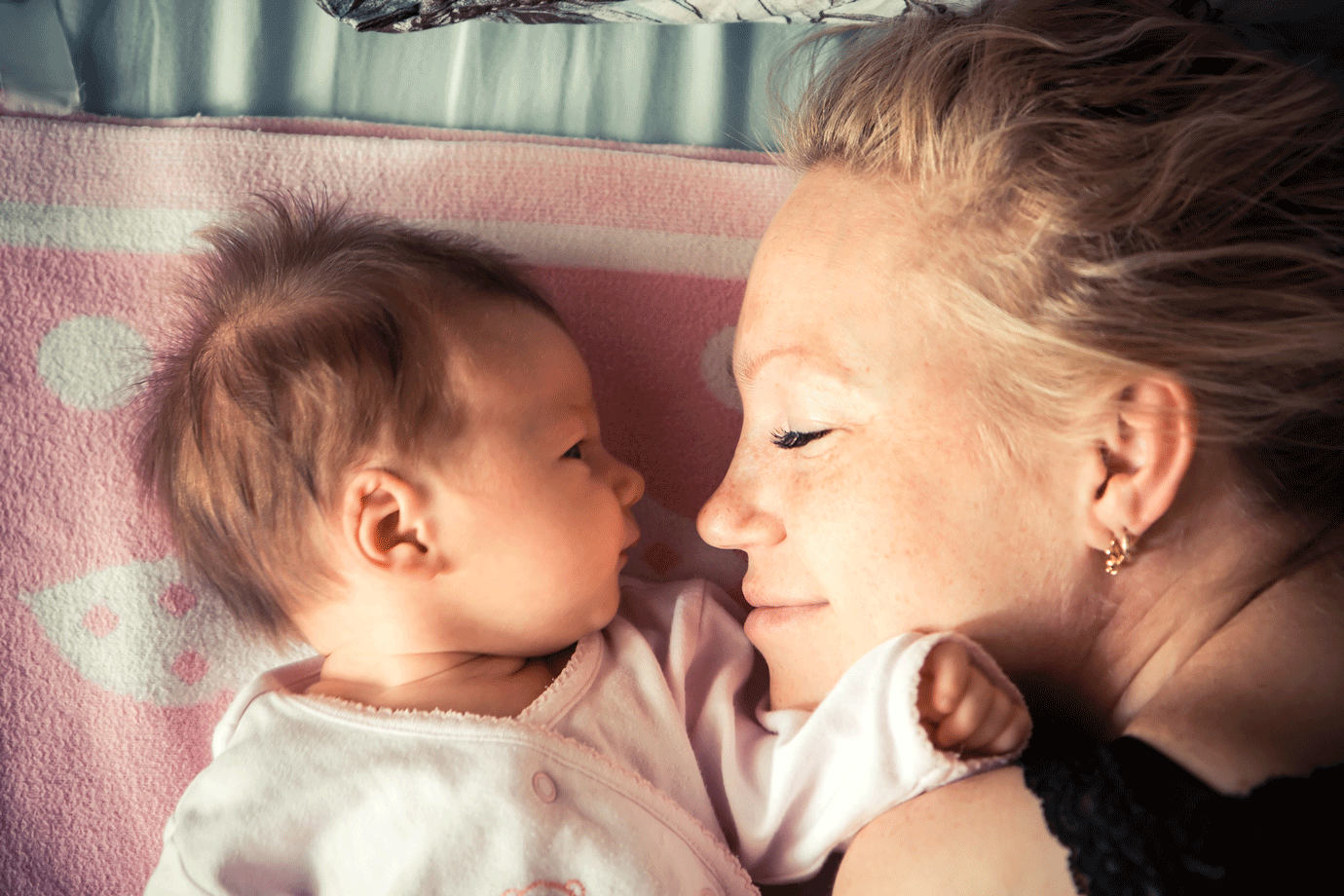
Here is a look at how countries across the globe assign maternity leave to their female workforce.
Note: We have only included number of days off. Monetary benefits or pay have not been taken into consideration in this listing. Maternity leave refers to leave given to women who are pregnant or gave birth, while parental leave can apply to men as well.
1. United States of America – 0 weeks
United States has no stipulated maternity leave on the national level. However, companies with over 50 employees have obligations to offer up to 12 weeks of unpaid leave for ‘expanding family’ reasons under the Family and Medical Leave Act. Some independent states follow varied forms of maternity leave entitlement.
2. Bulgaria – 58 weeks or one year and 1.5 months
Expectant mothers are entitled to 410 days of maternity leave (45 days to be used before birth) with at least 90 per cent of their gross salary paid as allowance by the National Health Insurance Fund. When the child reaches six months of age, she can transfer her leave balance to the father of the child or to a grandparent who is employed and has social insurance.
3. India – 26 weeks or six months
In 2016, a bill amending the Maternity Bill Act of 1961 was passed by the Rajya Sabha increasing maternity leave from 12 weeks (three months) to 26 weeks for all establishments including private companies in the organised economic sectors. This bill was subsequently passed for enforcement by the Lok Sabha on March 9, 2017.
Though public sector firms have had this provision already, the bill brings relief for women working in the private sector. The bill also brings about 12 weeks of parental leave for adoptive or commissioning parents while all companies with more than 50 employees are required to have a crèche (day care facility).
4. Philippines – 120 days or four months
In March 2017, the Senate of the Philippines passed a bill (SB 1305) for 120 days or around 4 months of maternity leave for women working in both public and private sectors, receiving no less than two thirds of their actual pay. This policy also allows women to avail of an additional 30 days of unpaid maternity leave, given that they notify their employer 45 days ahead of the end of their original paid maternity leave of 120 days.
5. United Arab Emirates – 45 days or 1.5 months
In the UAE, the mandatory minimum fully-paid leave according to the MOHRE for new mothers in the private sector is 45 days, if the employee has served a complete year with an employer. The employees may be eligible to claim up to 100 days of unpaid leave following this, if they have a pregnancy-related illness that can be verified by a doctor's certificate.
If the pregnant employee has not completed her probation period, she is still entitled to 45 days of maternity leave with half-pay.
6. Canada – 17 weeks or 4 months
According to the Canada Labour Code, a female employee can get up to a maximum of 17 weeks in total as maternity leave. This can be taken from 11 weeks before due date ending not later than 17 weeks after birth, i.e. leave should not exceed 17 weeks in total. However, this does not include parental leave.
Adoptive or new parents can avail of parental leave with a maximum of 63 weeks in total (to be taken within 52 weeks from the birth of your adoptive child or from the week the child was placed in your care). New mothers can also take maternity and parental leave together, provided total leave does not cross 78 weeks.
Employee Insurance (EI) plans in Canada also give maternity benefits depending on your contribution and gives 17 weeks of maternity leave and benefits, and 35 weeks of parental leave and benefits, up to a total of 52 weeks (combining maternity and parental leave)
7. Australia – 18 weeks or 4.5 months
According to the official website of Australian labour department, parental leave covers maternity, paternity or partner leave, adoption leave and special maternity leave. Employees (male or female) are allowed to take up to 18 weeks of parental leave provided the employee has worked with the employer for at least a year and is directly responsible for a new-born child or adopted child below 16 years of age.
8. United Kingdom – 52 weeks or one year
Statutory maternity leave in the United Kingdom is 52 weeks (one year) with 26 weeks counted as ordinary maternity leave and the last 26 weeks counted as additional maternity leave. An expectant mother can start her leave up to 11 weeks before her due date. Payment is usually at 90 per cent of average weekly earnings before tax and national insurance. Parents can also share parental leave and benefits in the first year, based on eligibility.
While you don't mandatorily have to use all of your leave allowance, all women employees are legally required to take two weeks off immediately after delivery; or four weeks if said employee works in a factory.
9. Austria – 16 weeks or four months
Maternity leave in Austria is usually counted as protection period or absolute employment prohibition for the expectant mother, starting eight weeks before birth and ending not later than eight weeks after birth. Leave is fully paid based on average remuneration paid out during the three months immediately preceding the protection period.
Thereafter, women and men are entitled to avail parental leave (with suspended pay) from a minimum of two months to when the child reaches the age of 24 months. There is dismissal and termination protection for parents, which ends four weeks after the end of parental leave.




